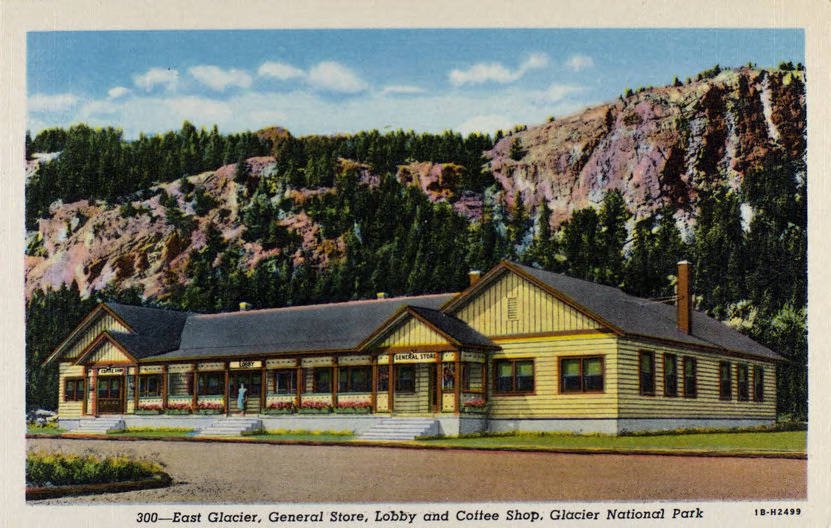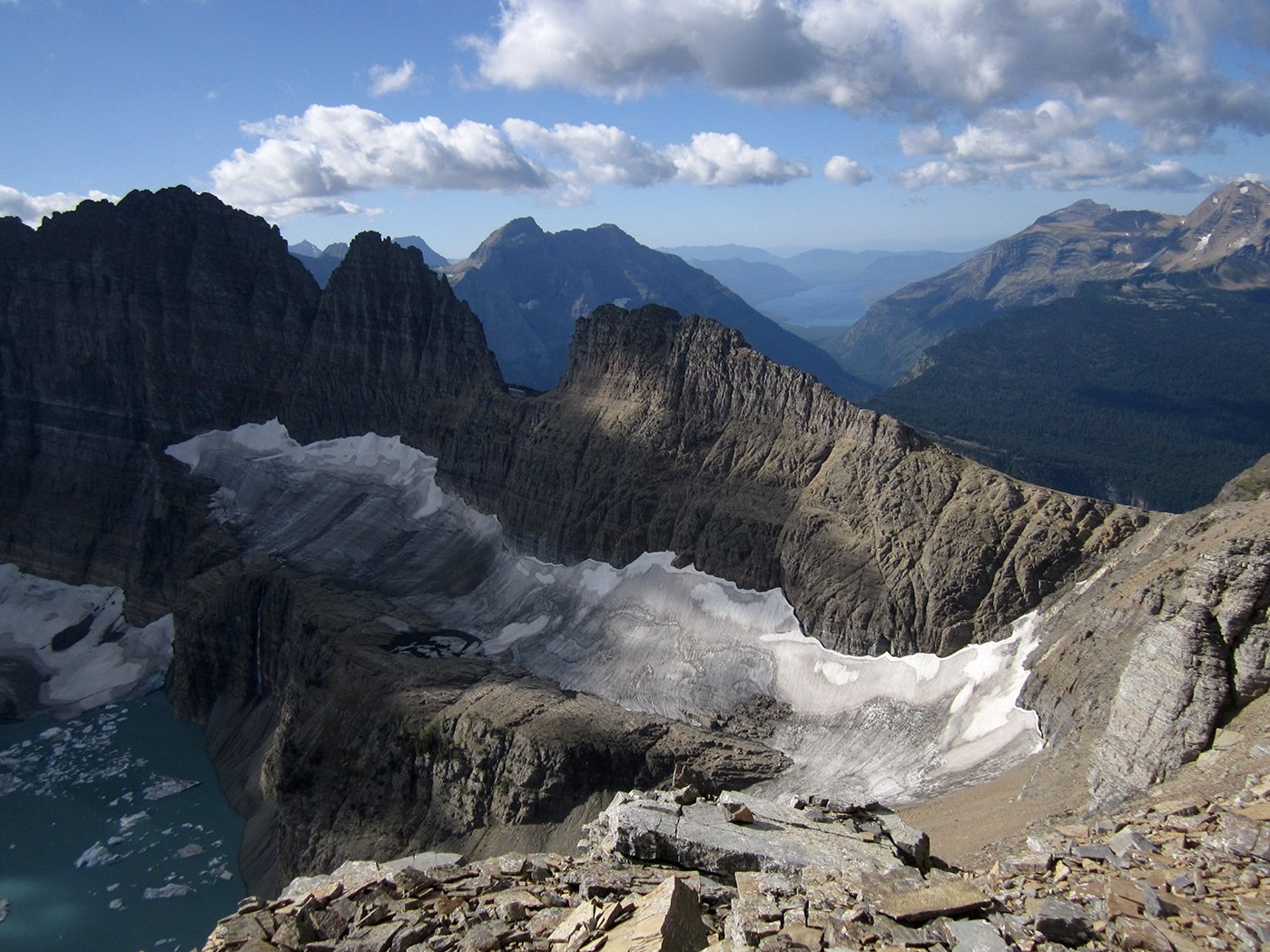Glacier National Park’s backcountry advance reservation system is a crucial process for securing wilderness permits for overnight trips. The system operates through a lottery for early access, followed by general reservations. Permits are required for all backcountry camping, with fees and specific procedures in place. Understanding the reservation timeline, site availability, and park regulations is essential for a successful backcountry experience in this pristine wilderness.
What is the Backcountry Advance Reservation System at Glacier National Park?

The backcountry advance reservation system at Glacier National Park is a structured process that allows visitors to secure wilderness permits for overnight trips in the park’s backcountry. This system is designed to manage visitor access, protect the park’s natural resources, and ensure a quality wilderness experience for all.
Key components of the system include:
- Lottery for early access
- General reservation period
- Walk-in permit availability
- Specific fees and regulations
How Does the Lottery System Work for Early Access?


Glacier National Park employs a lottery system to provide early access to backcountry reservations. This system aims to fairly distribute the opportunity to secure highly sought-after campsites and itineraries. Here’s how it works:
- Large Group Lottery (March 1):
- For groups of 9-12 people
-
Winners receive a date and time between March 21 and April 30 to apply for a permit reservation
-
Standard Group Lottery (March 15):
- For groups of 1-8 people
-
Winners also receive a date and time between March 21 and April 30 to apply
-
Lottery Application Process:
- Submit your application through Recreation.gov
- Provide group size and preferred reservation dates
-
Pay a non-refundable application fee
-
Notification and Next Steps:
- Winners are notified via email
- Successful applicants must log in at their assigned time to make their reservation
What are the Key Dates for Backcountry Reservations?
Understanding the timeline for backcountry reservations is crucial for planning your trip. Here are the key dates to remember:
| Date | Event |
|---|---|
| March 1 | Large Group Lottery Opens |
| March 15 | Standard Group Lottery Opens |
| March 21 – April 30 | Lottery Winners Make Reservations |
| May 1 | General Reservations Open |
| May 1 – September 30 | Reservation Period |
It’s important to note that popular sites and dates fill up quickly, especially during peak season (June 16 – September 30). Planning ahead and being flexible with your dates can increase your chances of securing a permit.
What Fees are Associated with Backcountry Permits?
When planning your backcountry trip to Glacier National Park, it’s essential to budget for the associated permit fees. Here’s a breakdown of the costs:
- Wilderness Permit Fee: $10 (non-refundable)
- Required for all overnight backcountry trips
-
Covers the administrative costs of processing your permit
-
Per Person, Per Night Camping Fee: $7
- Applies to each member of your group for each night of your trip
-
Helps fund backcountry ranger patrols and campsite maintenance
-
Off-Season Exception:
- From November to April, backcountry permits are free
- This encourages winter use and recognizes the reduced services during this time
Remember, these fees are subject to change, so always check the official Glacier National Park website for the most up-to-date information.
How Can I Increase My Chances of Getting a Backcountry Permit?
Securing a backcountry permit for Glacier National Park can be competitive, especially for popular areas and dates. Here are some strategies to improve your chances:
- Participate in the Lottery:
- Enter the early access lottery for the best shot at prime dates and locations
-
Be prepared with alternative dates and itineraries
-
Be Flexible with Your Itinerary:
- Consider less popular areas or off-peak dates
-
Have multiple trip plans ready in case your first choice is unavailable
-
Apply Early in the General Reservation Period:
- Mark your calendar for May 1 when general reservations open
-
Be ready to book as soon as the system opens
-
Consider Walk-in Permits:
- About 30% of sites are reserved for walk-in permits
-
Arrive at a ranger station early (ideally the day before your trip) for the best selection
-
Plan for Shoulder Seasons:
- Consider trips in early June or late September when demand is lower
-
Be prepared for potential snow and colder temperatures
-
Group Size Matters:
- Smaller groups (1-4 people) have more options for campsites
- Large groups (9-12) have limited site choices and should plan well in advance
What Information Do I Need to Provide for a Backcountry Reservation?
When making a backcountry reservation for Glacier National Park, you’ll need to provide specific information to secure your permit. Be prepared with the following details:
- Trip Dates:
- Start and end dates of your backcountry trip
-
Any flexibility in your schedule
-
Group Information:
- Number of people in your party
-
Names of all group members (if available at time of reservation)
-
Itinerary Details:
- Desired campsites for each night of your trip
-
Alternate campsite choices in case your first choices are unavailable
-
Emergency Contact:
-
Name and phone number of someone not on the trip
-
Vehicle Information:
-
Make, model, and license plate number of vehicles parked at trailheads
-
Special Considerations:
-
Any accessibility needs or medical conditions that may affect your trip
-
Payment Information:
- Credit card for permit fees and camping fees
Having this information ready will streamline the reservation process and help ensure you get the backcountry experience you’re looking for in Glacier National Park.
What are the Rules and Regulations for Backcountry Camping in Glacier?
Adhering to Glacier National Park’s backcountry rules and regulations is crucial for preserving the wilderness and ensuring a safe experience for all visitors. Here are the key guidelines to follow:
- Campsite Regulations:
- Camp only in designated sites
- Maximum of 2 tents and 4 persons per standard site
-
Large group sites have specific capacity limits
-
Food Storage:
- Use provided food storage lockers or bear-resistant containers
-
Never leave food unattended, even for a short time
-
Fire Restrictions:
- Campfires are prohibited in most backcountry areas
-
Use camp stoves for cooking
-
Leave No Trace Principles:
- Pack out all trash, including food scraps
- Use biodegradable soap at least 200 feet from water sources
-
Stay on designated trails to prevent erosion
-
Wildlife Precautions:
- Carry bear spray and know how to use it
- Make noise while hiking to alert wildlife of your presence
-
Never approach or feed wildlife
-
Water Treatment:
- Treat all backcountry water sources before drinking
-
Use a filter, purifier, or boil water for at least one minute
-
Permit Display:
-
Keep your backcountry permit visible at your campsite
-
Group Size Limits:
- Maximum group size is 12 people
- Groups larger than 8 must split into smaller groups while hiking
By following these rules, you’ll help protect Glacier’s pristine wilderness and ensure a positive experience for yourself and future visitors.
How Should I Prepare for a Backcountry Trip in Glacier National Park?
Proper preparation is key to a safe and enjoyable backcountry experience in Glacier National Park. Here’s a comprehensive checklist to help you get ready:
- Physical Preparation:
- Train for hiking with a heavy pack
-
Practice setting up your tent and using your gear
-
Essential Gear:
- Backpack
- Tent
- Sleeping bag and pad
- Water filter or purification system
- Bear spray (and knowledge of how to use it)
- First aid kit
- Navigation tools (map, compass, GPS)
-
Appropriate clothing for varying weather conditions
-
Food and Water:
- Plan meals carefully, considering weight and nutritional value
- Bring extra food in case of unexpected delays
-
Know the locations of water sources along your route
-
Weather Awareness:
- Check the forecast before your trip
-
Be prepared for sudden weather changes, including snow at higher elevations
-
Itinerary Planning:
- Study your route and campsite locations
-
Leave a detailed itinerary with a trusted friend or family member
-
Wildlife Knowledge:
- Learn about bear safety and proper food storage techniques
-
Understand how to identify and avoid dangerous wildlife encounters
-
Emergency Preparedness:
- Carry a basic repair kit for gear
- Know the locations of ranger stations along your route
-
Consider carrying a satellite communication device for emergencies
-
Leave No Trace Education:
- Familiarize yourself with Leave No Trace principles
- Practice these principles before your trip
By thoroughly preparing for your backcountry adventure, you’ll be better equipped to handle the challenges and fully enjoy the stunning wilderness of Glacier National Park.